Flower cutting 101?
donn_
18 years ago
Related Stories

DECORATING GUIDESSpring Style: Fresh-Cut Flowers for Every Room
Graceful, lively or dramatic, fresh flowers make rooms of every shape, size and style that much lovelier
Full Story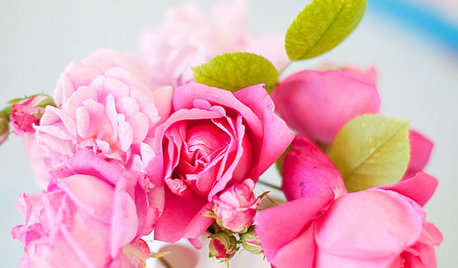
BUDGET DECORATINGSimple Pleasures: Treat Yourself to Cut Flowers
Enjoy priceless beauty with just a few inexpensive stems — and you don’t need fancy vases, either
Full Story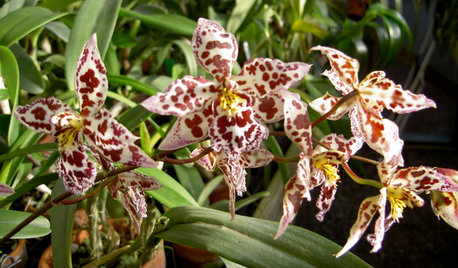
FLOWERSOrchids 101: Frilly Oncidiums Dance Their Way to Center Stage
Sprays of flowers characterize these New World orchids
Full Story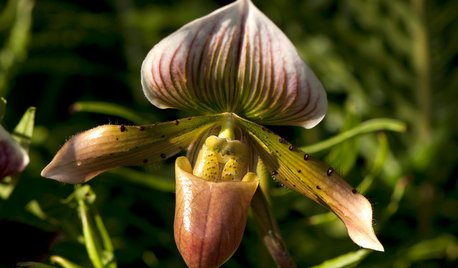
HOUSEPLANTSOrchids 101: Slipper Orchid Success
If you don’t already love Paphiopedilums, learning how to grow them with ease might change your mind
Full Story
HOUSEPLANTSHow to Grow Orchids Indoors
Orchids are the exotic aristocrats of the flower world and can make themselves comfortable in almost any home
Full Story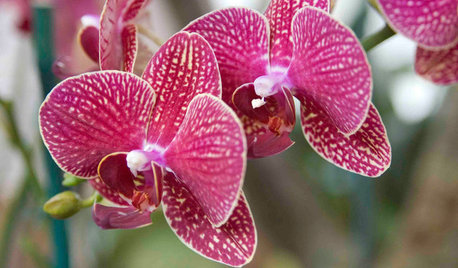
HOUSEPLANTSOrchids 101: How to Keep Your Moth Orchids Alive and Blooming
Growing Phalaenopsis — and getting it to flower again — is easier than you might think
Full Story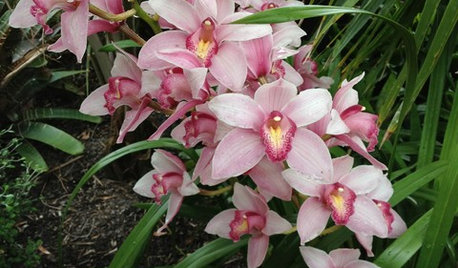
FLOWERSOrchids 101: Cymbidiums Add Beauty Indoors and Out
Their large, long-lasting flowers give them a place of honor in homes and gardens
Full Story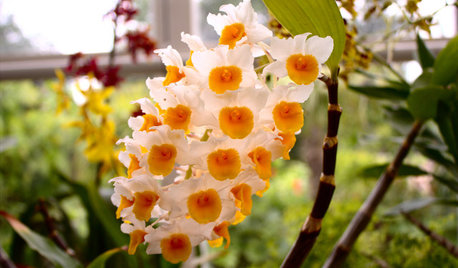
HOUSEPLANTSOrchids 101: Try Something Different With Dendrobiums
If you’re looking for something out of the ordinary, these orchids may be a good choice
Full Story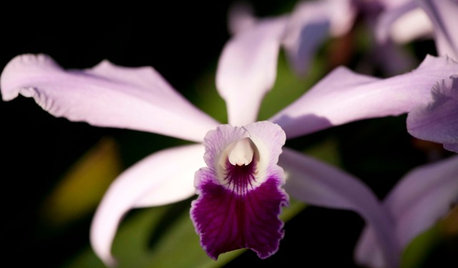
HOUSEPLANTSOrchids 101: Classic Cattleyas
These traditional corsage orchids can easily be a part of your collection of blooming plants
Full Story
GARDENING AND LANDSCAPINGCitrus 101: Start Your Own Backyard Orchard
This Earth Day Weekend, Add Some Green, Style and Deliciousness to Your Landscape
Full StorySponsored






jansblooms
donn_Original Author
Related Professionals
River Forest Landscape Architects & Landscape Designers · West Chester Landscape Architects & Landscape Designers · Bedford Landscape Contractors · Downey Landscape Contractors · Framingham Landscape Contractors · Fruit Heights Landscape Contractors · Las Vegas Landscape Contractors · Longmont Landscape Contractors · Lorain Landscape Contractors · Mendota Heights Landscape Contractors · Pahrump Landscape Contractors · Shoreview Landscape Contractors · St. Louis Landscape Contractors · Vallejo Landscape Contractors · Vineyard Landscape ContractorsMiss EFF
jansblooms
donn_Original Author
anniew